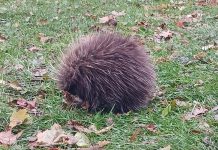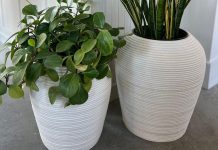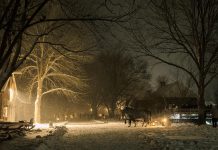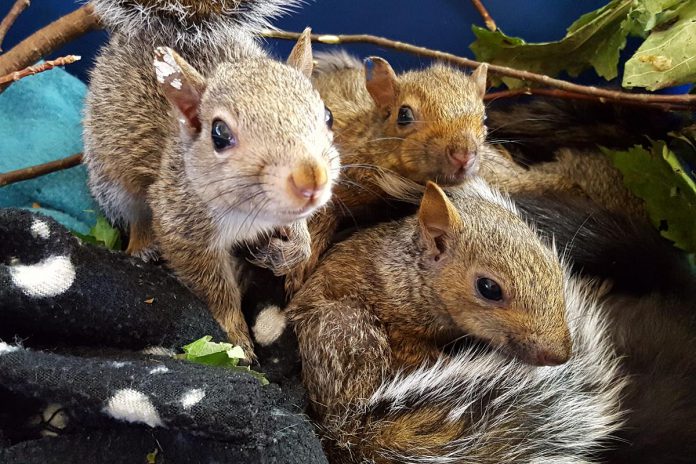
In response to an increase in orphaned wild animals, the Shades of Hope Wildlife Refuge has teamed up with seven other leading wildlife centres in Ontario to raise awareness and share effective strategies for homeowners dealing with unwanted visitors.
“Every wild animal plays an important role within the ecosystem,” says Shades of Hope founder Gail Lenters in a media release. “Together, we are encouraging the public to view wild animals with compassion and understanding — and seek the most humane way to deal with those that are unwanted house guests.”
Shades of Hope is a registered charity based just west of Kawartha Lakes in Georgina, Ontario, though it follows no boundaries to the animals it will aid. The charity will field calls about animals in need across Ontario and will work with partner centres to provide the best care possible.
Such partner sanctuaries include Aspen Valley Wildlife Sanctuary (Rosseau), Holly’s Haven Wildlife Rescue (Dunrobin), Procyon Wildlife (Beeton), Sandy Pines Wildlife Centre (Napanee), Speaking for Wildlife (Orillia), Turtle Pond Wildlife Centre (Val Caron), and Woodlands Wildlife Sanctuary (Minden).
While the organization sees an influx in orphaned babies every spring, this year, Shades of Hope is seeing an even higher demand than usual, which is likely the result of the longer winter and recent devastating ice storm.
Shades of Hope is raises awareness around species such as squirrels, skunks, bats, and raccoons who seek warm, secluded spaces to nest and raise their young as the temperature rises. While this is an issue of concern for homeowners as animals will nest in attics, chimneys, and other quiet and undisturbed areas in the home, it also poses a concern for wildlife rehabilitation centres who take in the baby animals that are orphaned when mothers are “evicted” from the premises.
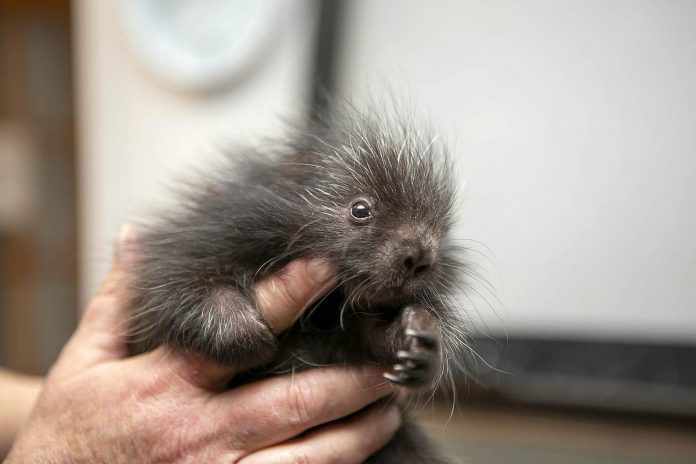
“If the orphaned animals are found quickly enough, they can be taken to a wildlife rehabilitation centre for care and eventual release … but many are found too late,” says Lenters. “All the wildlife centres in Ontario will soon reach their capacity, and calls will keep coming in for months. This means rehabbers will struggle to keep up with the influx of babies and do their best not to turn any animal away due to overcrowding.”
While many of the babies end up orphaned due to human interference —whether it be the result of a car accident, a pet attack, or habitat degradation — other times it does happen naturally.
Such is the case with Spruce, a two-week-old porcupette (baby porcupine) whose mother was crushed by a tree just outside Cookstown during the ice storm. The homeowner found her and brought her to Shades of Hope where, despite being dehydrated and scared, she was found to be relatively healthy. Shades of Hope will keep her until she is grown and ready to be on her own and back in the wild later this summer.
But not all babies have such luck, which is why Shades of Hope outlines ways homeowners can reclaim their homes without disrupting wildlife.
While homeowners may be tempted to use live traps, Shades of Hope explains they are no more humane than kill traps as animals typically experience significant stress and often injure themselves in attempts to escape the traps.
Not only may the animal be injured, but because Ontario’s Fish and Wildlife Conservation Act requires all live animals be relocated no more than one kilometre from their capture site to minimize risks and the potential for disease transmission, many species have strong homing instincts and will likely return to their original territory to find their young
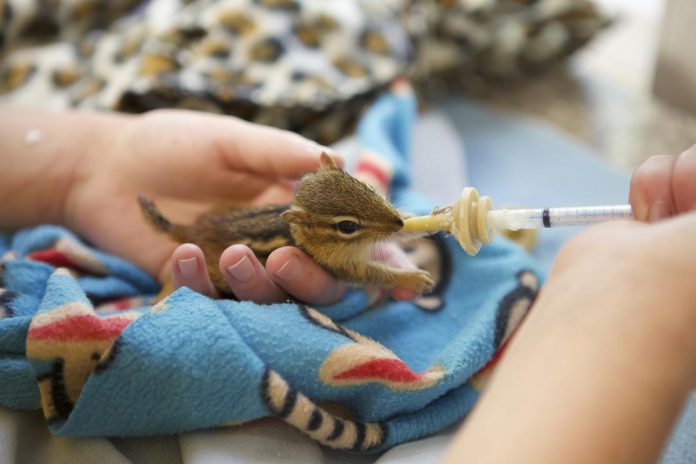
The best practices approved by Ontario’s wildlife rehabbers is to give the animals time to leave on their own and then to discourage future occupancy by animal-proofing your home. However, before sealing the entry points, placing a crumpled paper towel at the entrance can help track movements as an animal is likely still inside if the towel is disturbed at all.
To encourage wild animals to leave dens on their own, Shades of Hope recommends making it as unattractive for a mother as possible by playing a talk radio station (not music), using a non-flammable light source in or near the den area, and introducing strong smells like apple cider vinegar to put on rags placed in plastic bags with holes. These methods together will encourage the mother to move her babies to a new den.
If the situation gets out of hand, the rehabbers encourage seeking a reputable wildlife control company with expertise in wildlife biology during mating and breeding seasons. The company’s service should include identifying entry points, locating the mother and babies, using humane techniques like a one-way door to prevent re-entry, gently removing the babies and placing them in a heated reunion box where they stay warm until the mother returns, and then taking the animals to a safer den site.
After the humane removal and reuniting the family, the company should then secure entry points into your home and repair any damage. Upon removal of the wildlife, homeowners can also take proactive steps including sealing possible entry points, installing chimneys and vent covers, removing food sources, and securing trash bags or storing them in secure bins.
By working in partnership with the other larger rehab facilities, Shades of Hope maintains its dedication to rescuing, rehabilitating, and releasing wildlife, though, without financial or provincial funding, it relies on community donations. The organization is also always seeking volunteers, including volunteers for maintenance and management and volunteer drivers to support rescue efforts and transporting the animals.
For more information about donating to Shades of Hope or to volunteer, visit www.shadesofhope.ca.



